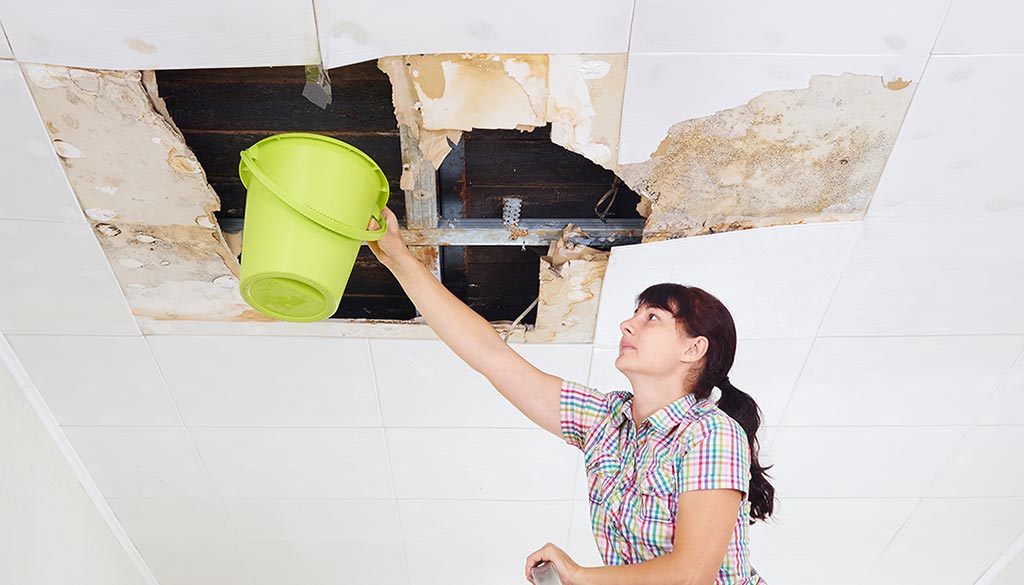PFAS, short for per- and polyfluoroalkyl substances, are a group of man-made chemicals that have been widely used in various industrial and consumer products for decades. Unfortunately, these chemicals have made their way into our water sources, posing potential health risks.
The presence of PFAS in drinking water has led many people to seek reliable solutions to ensure their water is safe to consume. In this article, we will guide you through the process of choosing the best water filter to remove PFAS and provide essential information to make an informed decision.
Understanding PFAS Contamination
Before delving into water filtration options, it’s crucial to understand the impact of PFAS contamination. PFAS are persistent in the environment and can accumulate in the human body over time.
Studies have linked exposure to PFAS with health issues such as developmental problems, cancer, and immune system dysfunction. It is vital to take necessary measures to remove these harmful substances from our drinking water to safeguard our health.
Identifying the Right Water Filtration Technologies
When searching for a water filter to remove PFAS, it’s essential to choose a system that utilizes advanced filtration technologies specifically designed to target these chemicals. Not all filters are effective against PFAS, so look for the following filtration methods:
- Activated Carbon Filtration
This technology is widely regarded for its ability to remove various contaminants, including PFAS. Activated carbon works through a process called adsorption, where the PFAS molecules stick to the surface of the carbon. Ensure the filter you choose is designed to target PFAS specifically.
- Reverse Osmosis
Reverse osmosis is highly effective in removing a broad range of contaminants, including PFAS. The process involves forcing water through a semi-permeable membrane, which traps and eliminates even the smallest particles, including PFAS molecules.
Look for NSF Certification
When selecting a water filter to remove PFAS, it’s essential to opt for products that have been tested and certified by reputable organizations like the National Sanitation Foundation (NSF). The NSF conducts rigorous testing to ensure that the filter effectively removes PFAS and complies with industry standards. Look for certifications such as NSF/ANSI 53 for drinking water treatment units and NSF/ANSI 58 for reverse osmosis systems.
Consider the Flow Rate and Filter Lifespan
Practicality is another crucial factor when choosing a water filter. Consider the flow rate of the filter, which determines how much water it can process in a specific amount of time. A balance between filtration efficiency and flow rate is essential to ensure that your water needs are met without compromising performance.
Additionally, check the filter’s lifespan before replacement is necessary. High-quality filters may last longer before requiring replacement, which can save you money in the long run.
Maintenance and Filter Replacement
Regular maintenance is crucial to keep your water filter operating at its best. Some filters might require more frequent cleaning or replacement of parts, so make sure you are comfortable with the maintenance demands of the system you choose.
Conclusion
Ensuring the purity of our drinking water is a matter of utmost importance. When it comes to removing PFAS from your water, choosing the right water filter is paramount. Look for filters that utilize effective filtration technologies like activated carbon and reverse osmosis, and ensure they are certified by organizations like NSF.
Consider factors such as flow rate, filter lifespan, and maintenance requirements to make an informed decision. By selecting the best water filter to remove PFAS, you can take a proactive step in safeguarding your health and that of your loved ones.





